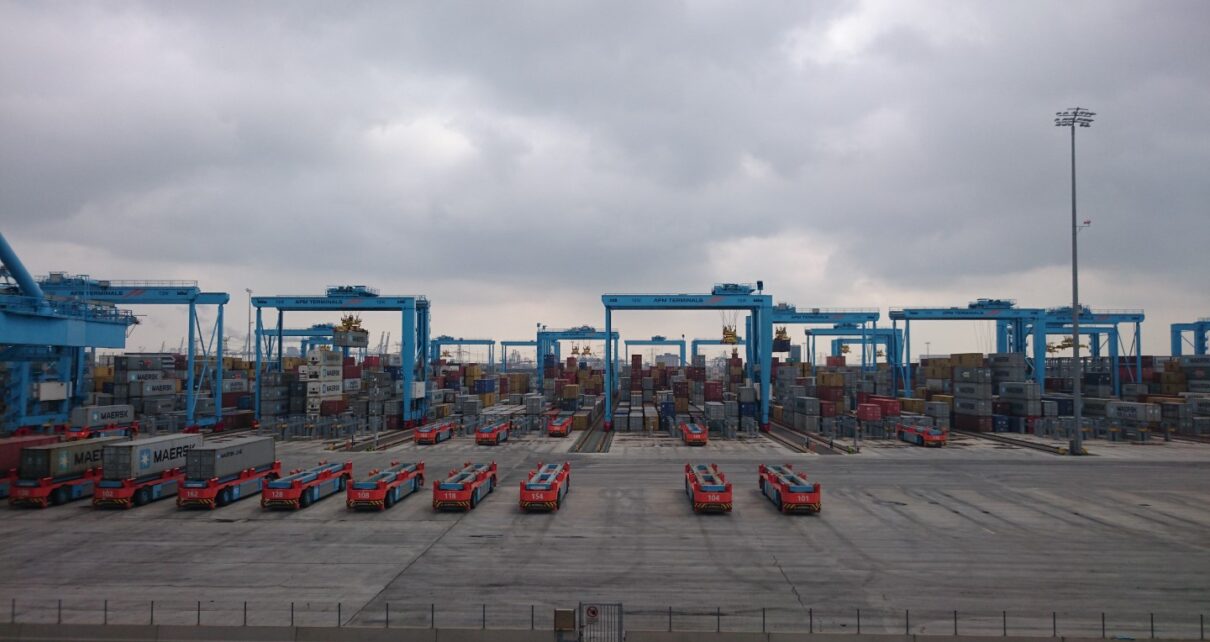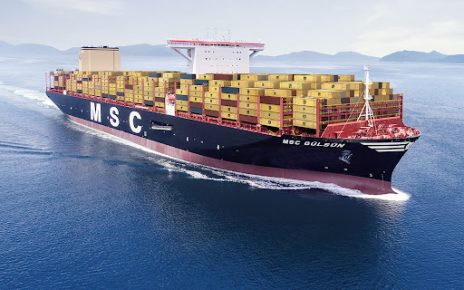Singapore Port Code: What You Need To Know. If you are shipping goods to or from Singapore, you might need to know the port code of the destination or origin port. A port code is a four-letter code that identifies a specific seaport in the world. Port codes are used to facilitate customs clearance, logistics, and trade documentation.
Singapore Port Code: What You Need To Know
The port code of Singapore is SGSIN. This code is assigned by the International Association of Ports and Harbors (IAPH), which maintains a database of over 5,000 ports in more than 200 countries. The IAPH port code consists of two parts: the country code and the location code. The country code is based on the ISO 3166-1 alpha-2 standard, which assigns two-letter codes to countries and territories. The location code is based on the UN/LOCODE system, which assigns three-letter codes to ports and other locations.
Singapore is one of the busiest and largest seaports in the world, handling over 32 million TEUs (twenty-foot equivalent units) of cargo in 2020. It is also a major transshipment hub, connecting over 600 ports in 120 countries. Singapore has several terminals and facilities that cater to different types of vessels and cargoes, such as container ships, bulk carriers, tankers, cruise ships, and offshore rigs. Some of the main terminals in Singapore are:
– PSA Singapore Terminals: The largest terminal operator in Singapore, managing 60 berths across four container terminals (Tanjong Pagar, Keppel, Brani, and Pasir Panjang) and two multi-purpose terminals (Sembawang and Jurong). PSA Singapore Terminals handled over 36 million TEUs of containers in 2020.
– Jurong Port: A multipurpose port that handles general, bulk, and project cargoes. Jurong Port has 32 berths and a total quay length of 5.6 km. It also operates the Jurong Rock Caverns, Southeast Asia’s first underground storage facility for liquid hydrocarbons.
– Singapore LNG Terminal: The first and only liquefied natural gas (LNG) terminal in Singapore, located on Jurong Island. The terminal has three storage tanks, two jetties, and a regasification plant. It can handle up to 11 million tonnes per annum of LNG.
– Marina Bay Cruise Centre Singapore: A state-of-the-art cruise terminal that can accommodate some of the largest cruise ships in the world. The terminal has two berths, a total berth length of 695 m, and a gross floor area of 28,000 sqm. It can handle up to 6,800 passengers at any one time.
Knowing the port code of Singapore can help you plan your shipments more efficiently and avoid delays or errors in customs clearance or documentation. You can also use the port code to track your shipments online or get quotes from freight forwarders or carriers. If you need more information about shipping to or from Singapore, you can visit the websites of the relevant authorities or organizations, such as:
– Singapore Customs: The lead agency for trade facilitation and revenue enforcement in Singapore. It administers various schemes and licenses for traders and provides information on customs procedures, regulations, and tariffs.
– Maritime and Port Authority of Singapore (MPA): The statutory body that oversees the maritime sector in Singapore. It regulates and licenses port operators, shipping lines, agents, and service providers. It also provides information on port services, facilities, fees, and safety.
– Infocomm Media Development Authority (IMDA): The agency that promotes and regulates the infocomm and media sectors in Singapore. It administers the National Single Window (NSW), a one-stop online platform for traders to submit trade-related documents electronically to various government agencies.
– Freightos: An online marketplace that connects shippers with freight forwarders and carriers. You can use Freightos to compare rates, book shipments, track deliveries, and manage your freight online.
Singapore is a global maritime hub that offers world-class port services and facilities for various types of vessels and cargoes. By using the port code SGSIN, you can easily identify Singapore as your destination or origin port for your shipments. You can also use the port code to access more information and resources that can help you with your shipping needs.



